Whether or not it comes down to a major collapse with the ensuing challenges, Americans have the right to bear arms. They can be used for a number of legal purposes such as hunting and sport. Another is self-defense.
Perhaps you’re an old pro at exercising your 2nd Amendment rights and like to compare notes. Or maybe you’re just considering the possibility of acquiring a weapon for self-defense, without the slightest clue where to start. Whatever the case, there are volumes of differing opinions strewn across the web on this subject, from expert to beginner alike. Here, then, we’ll limit these recommendations to cover the most common self-defense scenarios, relying on firsthand experience with the tried-and-true. Keep in mind that what works for one person doesn’t necessarily work for another, so be sure to consult other experts and do your own research.
START WITH A GOOD KNIFE
You’ll find seemingly endless options in this category, but it doesn’t have to be difficult to select a trusty, multi-use blade. Just follow the lead of the USMC. They already know that the best survival knife is a strong, full tang, fixed blade knife. “Full tang” means that the metal runs all the way through from the tip of the blade to the base of the handle for superior strength, balance and durability.

Fixed blade knives come in number of blade lengths, thicknesses, shapes for different uses, and features (such as straight blade or serrated), but look no further than the Ka-Bar USMC fighting knife – the most famous fixed blade knife in the world. It was designed to serve our troops during World War II and is still doing its job, with honors, 70+ years later. It’s relatively lightweight and sports full tang, straight back carbon steel with a seven inch blade. You can pick one up online for around $100.

As a great alternative with a better grip, I carry the SP-1 combat knife by Ontario Knife. It’s also designed for military and first responders. I got one on sale at Bass Pro Shops for around $40.
HANDGUNS
While a semi-automatic handgun should not be your only weapon in a disaster situation, they come in a broad range and are highly versatile. Here’s three key criteria that your weapon should meet:
- Reliable (some are more prone to breakdowns and recalls).
- Common (to ensure parts and service are widely available).
- Use 9mm, .40 S&W, or .45 ACP ammunition (which is readily available and most effective)
Handguns that meet that criteria are not only relatively inexpensive to purchase now (more so used), but might also be a bit easier to source and acquire in a disaster scenario. However, don’t roll the dice procrastinating. Buy now and plan on having at least five loaded magazines on hand per handgun.

Glock 17. Trusted by law enforcement and military around the world because of its unsurpassed reliability, 17 round mag capacity, low weight, and performance in critical situations. Its narrower dimensions and longer barrel make it a bit more accurate than the Glock 19 at longer distances. Got one used from a highly reliable merchant for around $550, and was in and out in under 20 minutes.
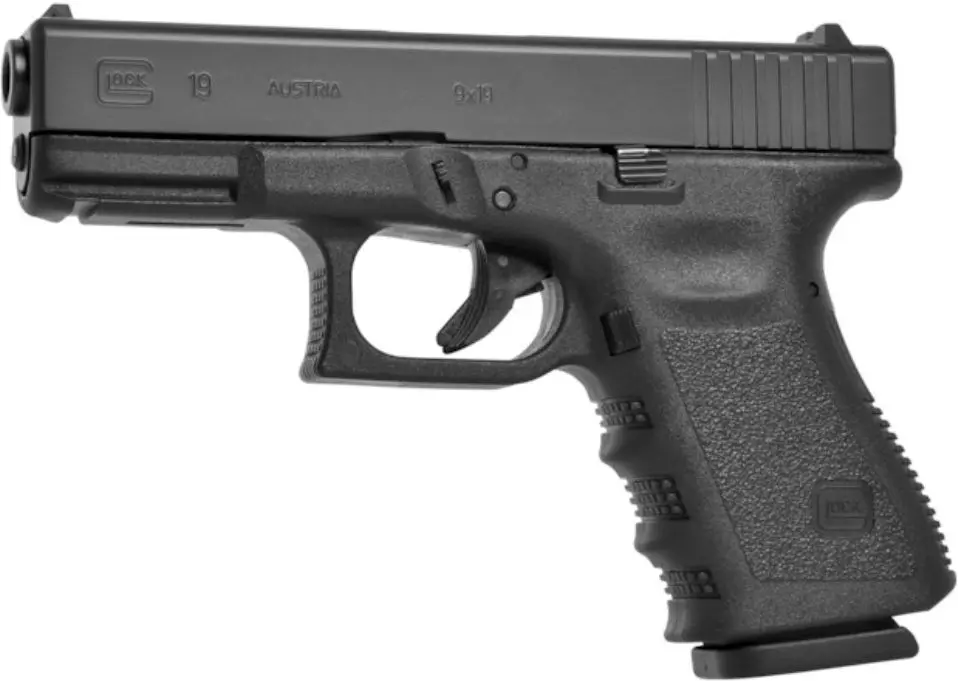
Glock 19. One of the most popular handguns available, it’s ideal as a conventional service pistol thanks to its reduced dimensions. Use it as a dependable backup weapon or for concealed carry purpose. It may be slightly more maneuverable and easier to handle in close quarters than the Glock 17. Bought one lightly used for around $575.
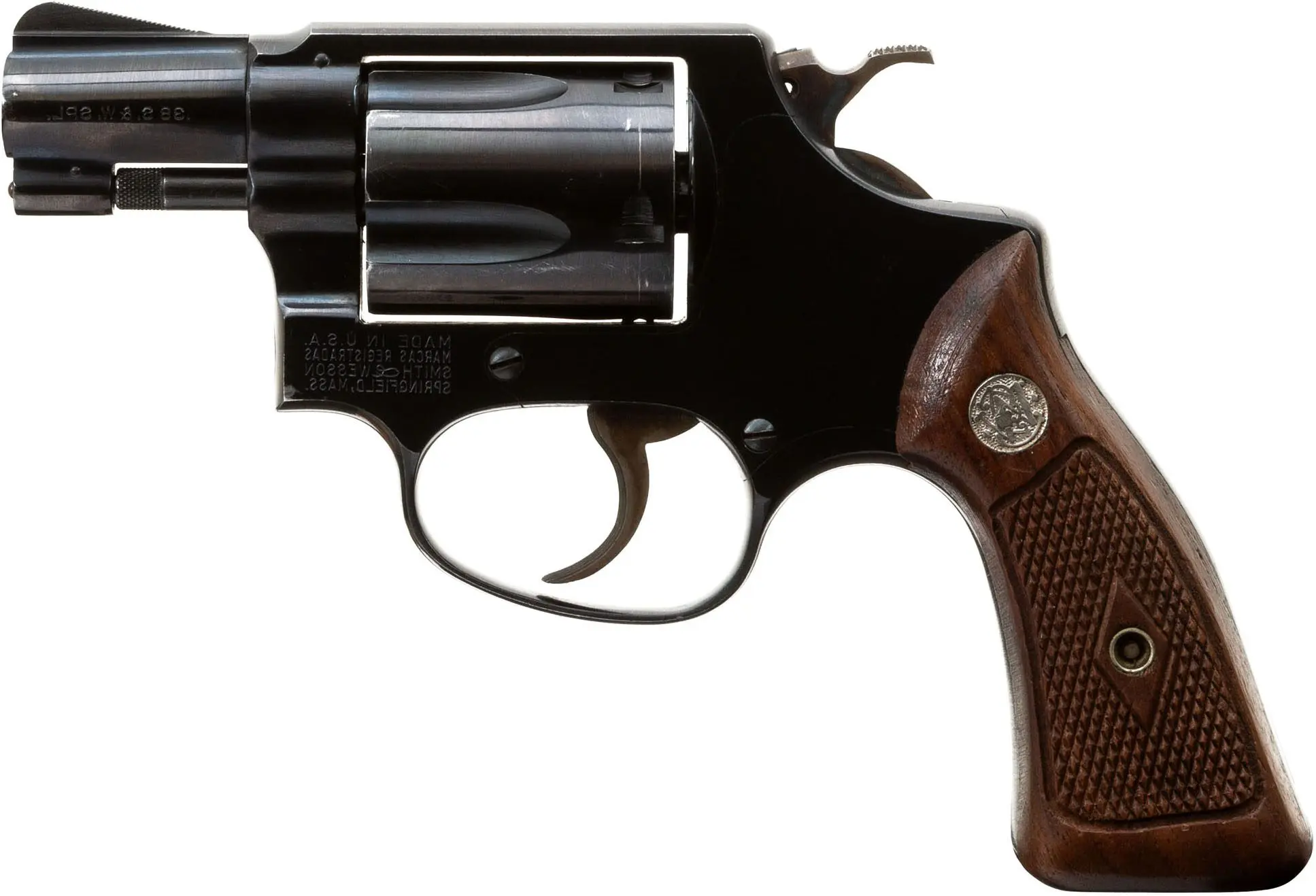
Smith & Wesson Model 36. An old school revolver, the .38 Chief Special was designed for plainclothesmen and off-duty police officers. These small revolvers were designed to fire full power rounds and are as simple and easy to use as they are reliable. Got a good one handed down, but they go for around $850 used.
Whatever your price range and preference, handguns are excellent for self-defense, capable of taking down game, and it’s easier to manage your ammo compared to most rifles. Keep in mind they have limited effective range and accuracy, so in order to be consistently proficient with handguns you’re going to need to practice/train consistently. If you’ve got a bug-out-bag, make sure it includes a handgun and ammo.
22 LONG RIFLE
Although there’s likely not the perfect survival firearm – the Ruger 10/22 Takedown would surely be a contender. Although any .22 long rifle will make a great survival weapon, this one should not be underestimated. It’s small, compact, affordable, deadly accurate, and easily capable of bagging small to medium-sized game. The ammo is cheap and more practical than larger caliber (it’s much easier to tote 1,000 small rounds of .22 than 1,000 rounds of larger 5.56). Pair a suppressor with subsonic ammo and this rifle is nearly silent. Runs about $500 new and $400 used.

AR-15
For the sheer versatility (there are numerous variations and modifications you can make to this weapon), this list of recommendations would be remiss without the AR-15. Parts are cheap and readily available, 5.56 ammo is one of the easiest rifle rounds to find in the U.S., and it can take down a wide variety animals. Beyond hunting, consider it a solid choice for self-defense in densely populated urban areas. For weight, reliability, bullet capacity and ease of carry, the 12.5” AR-15 is widely considered the do-all length. Overall, there are not many situations where this weapon won’t get the job done. There’s a wide price range for new and used starting at about $400.

LEVER-ACTION RIFLE
Why this recommendation? If your goal is to avoid unwanted attention, the look of a modern rifle such as an AR-15 will likely trigger people. Consider something that will allow for a lower profile. Good lever-action rifles have seen a bit of a comeback, no doubt for their reputation as do-all utility weapons. Many are well made, reliable, and offer rock-solid performance in a wide variety of environments. The Marlin Model 336 pictured below goes for about $840.

SHOT GUN
If it hops, runs or flies, there’s nothing quite like a shotgun to help get it to the table and into hungry bellies. Pump-action shotguns from brands like Remington and Mossberg are among the most reliable made, and the features you can swap out for different uses (such as grips, buttstocks, recoil pads, etc.) without a tool, make them quite versatile when shifting from hunting to home defense. Best of all these simpler systems like pump-action have little to no chance of failing when you need it to perform. The Mossberg Flex 500 pictured below goes for about $500.

YOUR BRAIN
The most effective weapon in any defense situation is your brain. No matter what you have at hand to use in your defense, you can always count on the ability to think tactically. Start by keeping a cool head before you react in a frenzied point-and-shoot panic.
Remember: what works for one person might not work for another. If you’re on foot, toting added weight can slow you down and strain your body. You want a lightweight weapon that’s compact and easy to carry. You also want to find a weapon that can be used in your area to take game and defend yourself. In big game country, a .22 long rifle might not be enough. In the southeast, a .22 long rifle might work extremely well. Find the right caliber and configuration that not only works for you but for your environment. Get a weapon that’s versatile and can be used for a variety of situations.



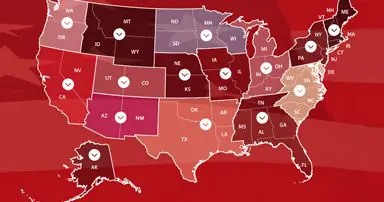




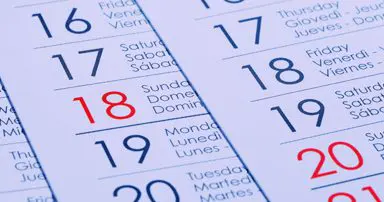












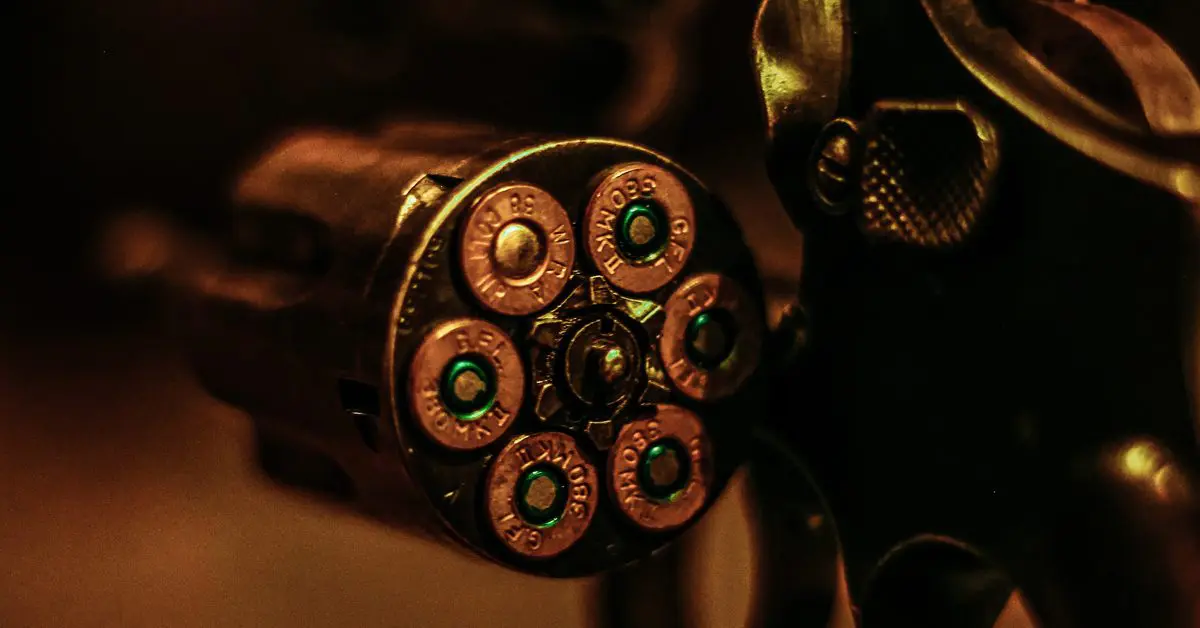



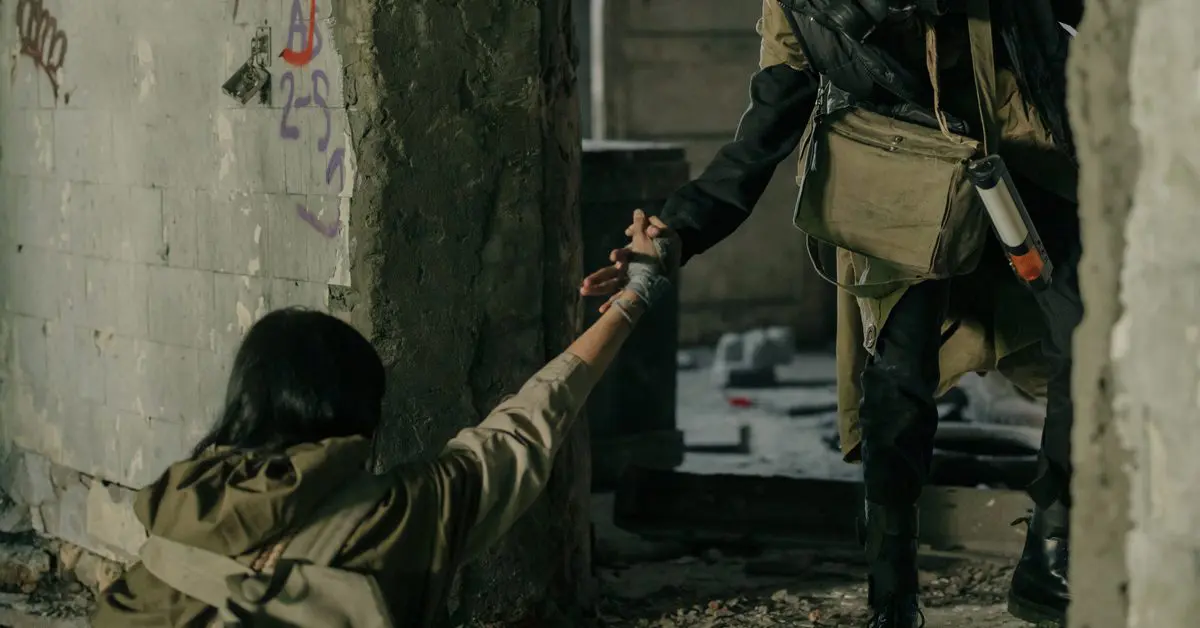

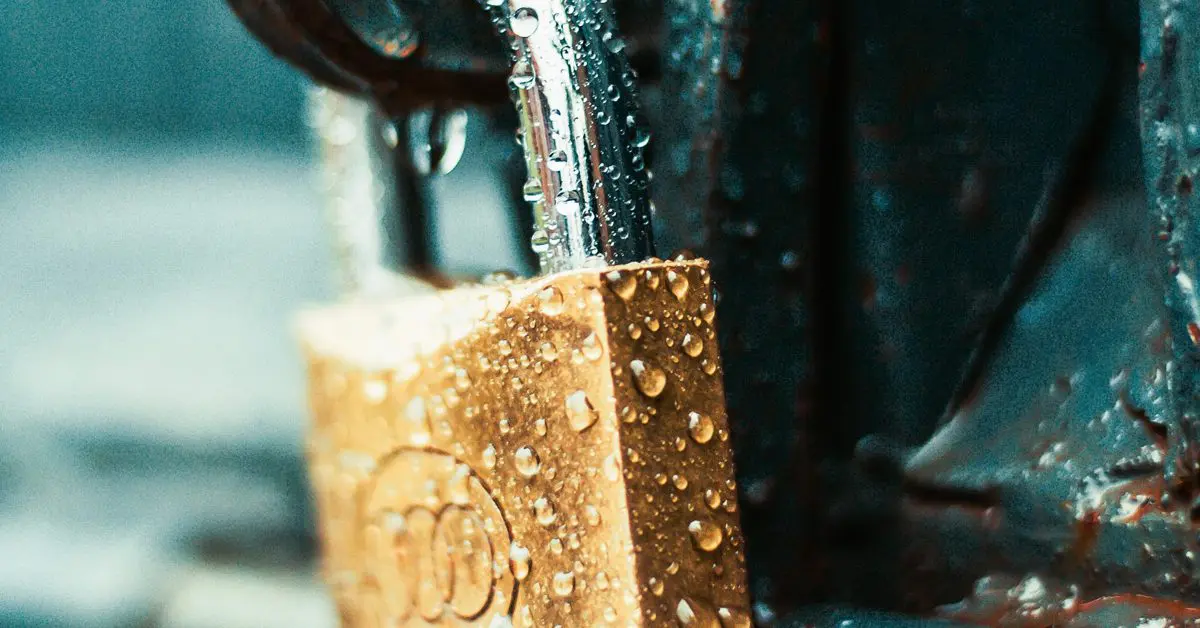



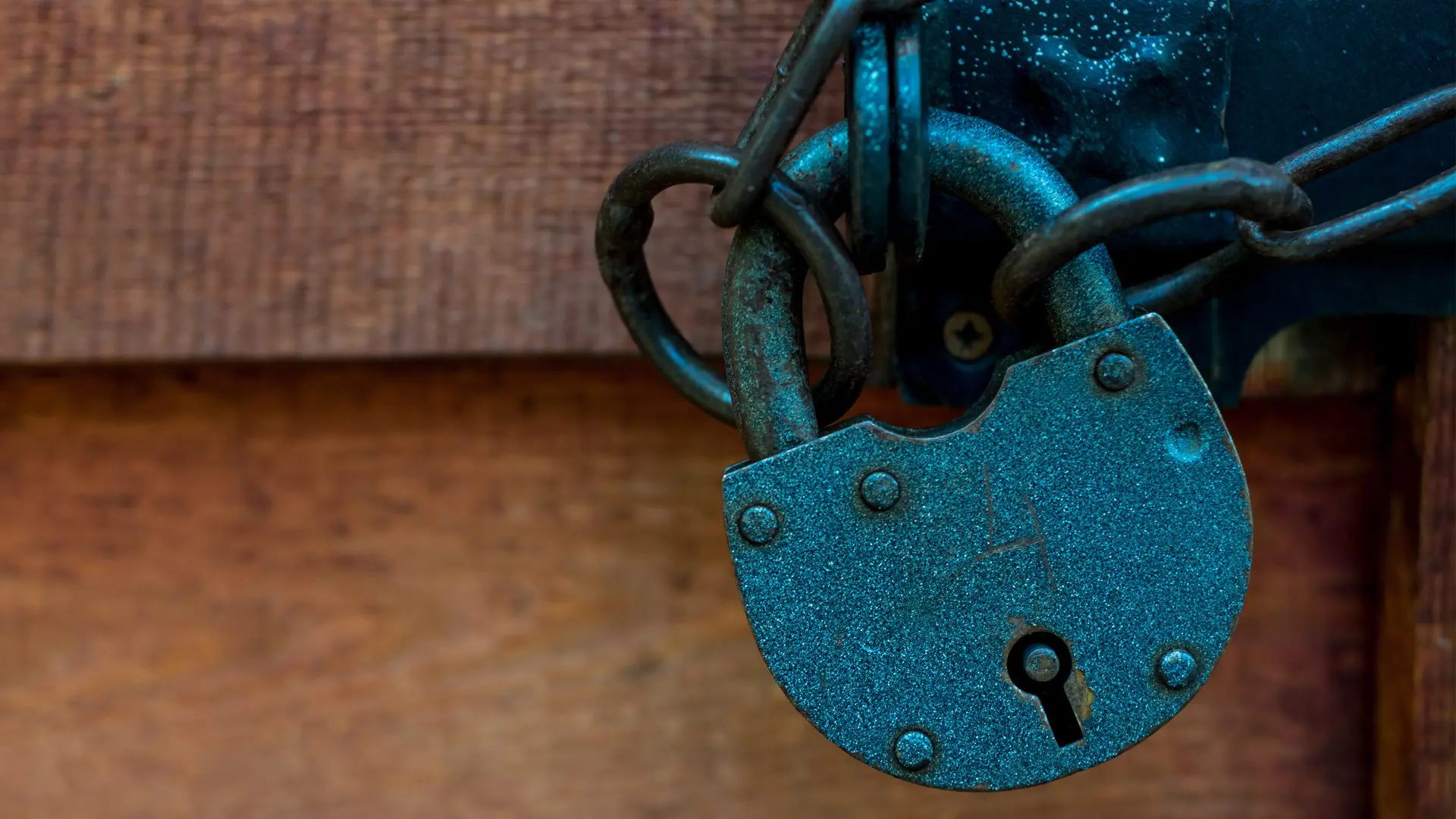



After far too many hours of in depth research, into alternatives to handguns or the AR platform for occasions where laws in your location prohibit civilian possession, I would humbly suggest a pistol caliber carbine such as the Ruger PC Carbine be added to this list. Perhaps not quite as versatile as a 22LR for smaller game, but still a decent semi option where laws prohibit the “usual” options.
Main drawbacks to the Ruger PC Carbine would be the added weight as compared to a 22LR, handguns or 9mm pistol caliber carbines and the conspicuously tactical profile which may be a trigger in situations where a low profile look is preferable. Otherwise solid choice, dependent on personal preferences.